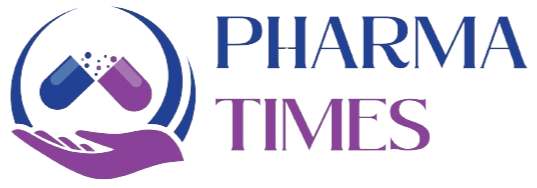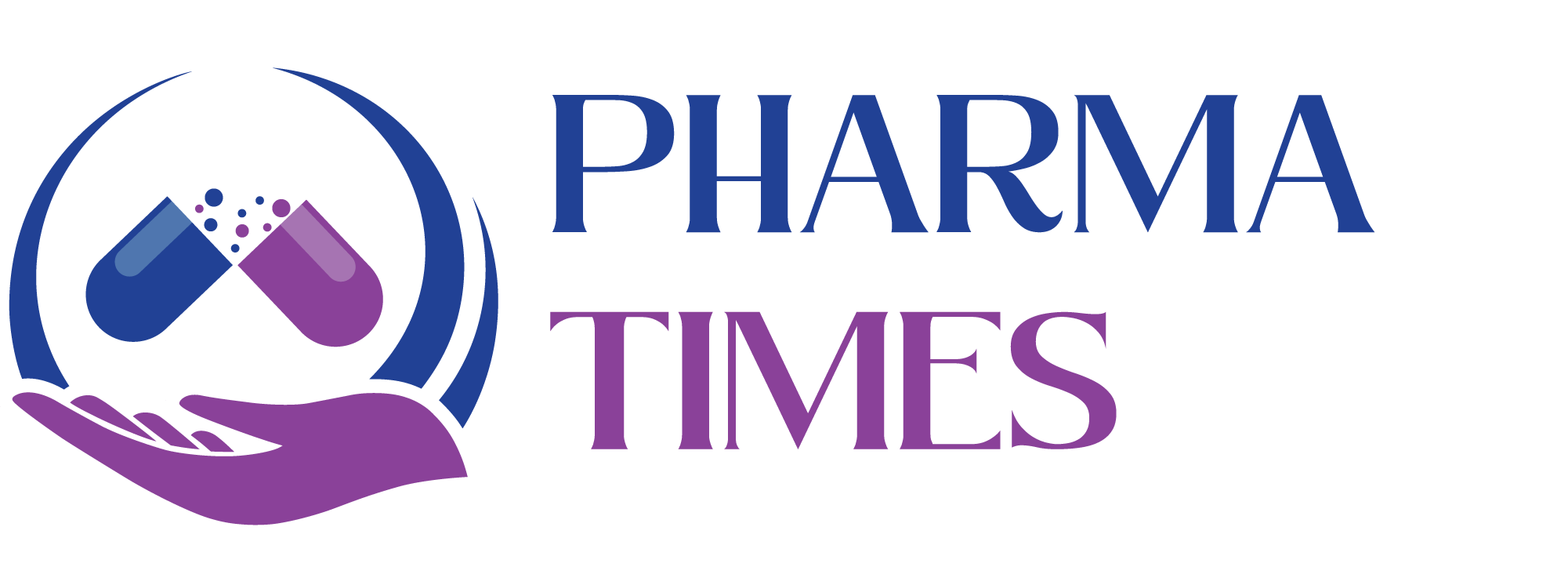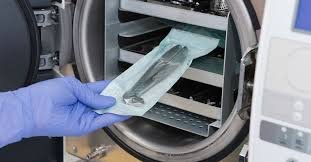Autoclave Validation in Pharmaceuticals
A complete, practical guide to steam sterilizer qualification and sterility assurance in GMP facilities.
1) Purpose & Scope
This guide covers lifecycle validation of saturated-steam autoclaves used for terminal sterilization and component/solution sterilization in pharmaceutical manufacturing (GxP). It spans user requirement specification (URS) through routine monitoring and requalification for: gravity, pre-vacuum (porous load), and air-overpressure cycles.
2) Key Concepts & Terms
- Sterility Assurance Level (SAL): Probability of a non-sterile unit. Pharmaceutical terminal sterilization typically targets SAL ≤ 10⁻⁶.
- Lethality (F₀): Equivalent exposure at 121.1 °C with z = 10 °C. 1 minute at 121.1 °C equals 1 F₀ unit.
- D-value (D₁₂₁): Time (at a given T) for 1 log (90%) microbial reduction.
- z-value: Temperature change needed to change D by 1 log.
- BI (Biological Indicator): Standardized spores (e.g., Geobacillus stearothermophilus, ≥10⁶ spores/carrier for moist heat).
- CI (Chemical Indicator): Class 1–6 indicators for exposure monitoring. Bowie–Dick is a specific test for pre-vacuum air removal.
- Equilibration time: Time from chamber sensor hitting setpoint to slowest/last load location reaching setpoint (penetration study).
- Come-up time: Start of cycle to attainment of sterilization temperature.
- Deadleg/air pocket: Non-condensable gas (NCG) traps preventing steam saturation.
3) Standards & Regulatory Expectations (overview)
- ISO 17665-1/2 (moist heat sterilization—product family approach, PQ fundamentals)
- EN 285 (large steam sterilizers—steam quality, performance tests)
- PDA TR1 (moist heat sterilization)
- EU GMP Annex 1 (2022) – sterilization, bioburden control, load configuration, parametric release provisions
- USP <1211>, <1229> series – Sterilization and Depyrogenation / Steam Sterilization guidance
- WHO TRS guidance for sterilization in GMP
Use site procedures to align acceptance criteria with the applicable compendia/regulations.
4) URS & Cycle Strategy
Define intended uses: porous loads (gowns, filters), hard goods, glassware, liquids in sealed or vented containers, terminal sterilization of products. For each:
- Load type & worst-case items (mass, geometry, air-retaining features).
- Packaging/closure system (e.g., Tyvek® wraps, stoppers, vent filters).
- Target SAL (usually 10⁻⁶) and exposure basis (F₀ or D-value overkill / bioburden-based).
- Utilities constraints (steam supply, WFI cooling, compressed air for air-overpressure).
Cycle families:
- Porous/hard goods: Pre-vacuum with Bowie–Dick, setpoint 121–134 °C; exposure by F₀ or BI overkill.
- Liquids: Gravity/displacement or air-overpressure; control by cold-spot thermocouples; consider boil-over and container breakage.
- Terminal product: Typically overkill (≥12-log reduction) unless bioburden/biokill justified.
5) Steam Quality & Utilities (Critical)
Qualify pure steam to ensure saturated conditions and heat transfer:
- Non‑condensable gases (NCG): ≤ 3.5% v/v (typical EN 285 limit) at point of use.
- Dryness fraction (x): ≥ 0.95 (mass fraction dry steam) at sterilizer inlet.
- Superheat: ≤ 25 K above saturation at atmospheric pressure (no significant superheat within chamber during exposure).
- Supply pressure/flow stability during peak demand.
- Condensate quality: Meets compendial where relevant.
Acceptance: Per EN 285/URS. Test frequency: at commissioning, after utility changes, and at defined intervals.
6) Validation Lifecycle Overview
6.1 Documentation Stack
- URS → FS/DS → Risk Assessment (FMEA) → FAT/SAT → IQ → OQ → PQ → PPQ → Routine Monitoring → Requalification
- Change Control, Deviations/CAPA, Data Integrity throughout.
6.2 Qualification Summary
- IQ (Installation Qualification):
- Verify chamber, jacket, piping, instruments (P/T transmitters), valves, strainers, traps.
- Calibration certificates (CCS, traceable). Thermocouples, pressure gauges, recorders, chartless systems (21 CFR Part 11/computerized systems validation).
- Materials of construction (316L SS), surface finish, weld logs.
- Utilities hook‑up, P&ID match, alarms/interlocks list.
- OQ (Operational Qualification):
- Empty chamber tests: Heat distribution at min/nominal/max loads; 3 consecutive runs.
- Bowie–Dick (pre‑vac cycles): Daily before use; demonstrate effective air removal.
- Vacuum leak rate: e.g., ≤ 1.3 kPa/min (≤ 0.13 bar/h)—set per OEM/standard.
- Air detector / NCG purge verification; drain function; door gasket integrity.
- Control functions: Safety, cycle holds/abort, data capture, password/ACLs, audit trails.
- PQ (Performance Qualification):
- Heat distribution (loaded): Thermocouples (TCs) across chamber; 3 runs per load type/size.
- Heat penetration: TCs at worst‑case product/load cold spots; demonstrate equilibration time and lethality.
- Biological challenges: BI carriers (≥10⁶ G. stearothermophilus) placed at hardest‑to‑sterilize locations; 3 conforming replicates.
- Liquids: Include hold times post‑sterilization (to prevent boil‑over), cool‑down profile, and air‑overpressure mapping.
7) Instrumentation & Sensor Strategy
- Quantity: Empty chamber: ≥12 TCs; loaded: 12–30+ depending on chamber size and load complexity.
- Placement principles: corners, near drain (coldest point), near door, near air‑removal points, within densest packs, inside representative product units (worst case volume, fill, closure).
- Reference sensors: At least one calibrated reference P/T sensor independent from control.
- Data capture: ≥1 s sampling rate; synchronization of all channels; secure, ALCOA+ compliant records.
8) Cycle Development & Acceptance Criteria
8.1 Lethality Calculations
Instantaneous lethality: L(t) = 10^((T(t) − 121.1) / z) with z = 10 °C (moist heat).
F₀ (minutes):
Typical acceptance (overkill approach):
- Porous/hard goods: Demonstrate ≥12 log kill of reference organism (10⁶ BI with safety factor) and F₀ ≥ 12 minutes at the slowest/coldest location after equilibration; many sites target F₀ 15–20 for margin.
- Liquids: Meet product/container integrity and achieve defined F₀ at the product cold spot without boil‑over or deformation.
8.2 Equilibration & Come‑Up
- Equilibration time typically ≤ 60 s (site‑defined) for porous loads after chamber setpoint is reached. Investigate longer times for air entrapment.
- Max temperature spread during exposure: ≤ 1.0 °C across all sensors (typical criterion). Define per URS.
8.3 Bowie–Dick
- Pass pattern uniformity, no non‑uniform color change. Run at 134 °C/3.5 min (or per OEM) daily for pre‑vac cycles.
8.4 Liquids & Air‑Overpressure Controls
- Profile controls: overlay pressure to track saturated curve for given T; validate cooling ramps; define minimum hold before handling.
9) Biological Indicators (BI) Program
- Organism: G. stearothermophilus (moist heat), population ≥ 10⁶, D₁₂₁ validated, z ≈ 10 °C.
- Carrier types: strip, self‑contained vials. For liquids, use SCBIs external to product and/or inoculated product simulants when justified.
- Placement:
- Porous: deepest points in packs, centers of trays, near drain, cold corners, behind barriers.
- Liquids: within or adjacent to the coldest unit (largest volume/highest fill/most insulating load).
- Replicates: ≥10 BIs per load pattern is common; justify with risk assessment.
- Readout: 7‑day incubation or validated rapid methods. Include positive controls.
- Acceptance: 0/complete growth failure for all test BIs; all positives limited to controls.
10) Example F₀ Calculation (Worked)
- TC profile at cold spot (excerpt): average 121.7 °C for 15 minutes exposure after equilibration; z = 10 °C.
- Lethality factor per minute: 10^((121.7−121.1)/10) = 10^(0.06) ≈ 1.1487.
- F₀ ≈ 1.1487 × 15 = 17.2 minutes → meets F₀ ≥ 12 min criterion.
11) Validation Protocol Template (Outline)
- Objective & Scope
- Responsibilities & Training
- References/Standards
- System/Load Description (chamber size, cycle types, load matrices)
- Risk Assessment (FMEA) – identify CPPs/CQAs
- Steam Quality Plan (NCG, dryness, superheat tests)
- Calibration & Instrumentation Plan (TC count/locations)
- Test Methods
- Empty chamber heat distribution (3×)
- Bowie–Dick & Leak tests
- Loaded heat distribution & penetration (3× per load)
- BI placement and recovery
- Liquids: cold‑spot mapping, cool‑down verification
- Acceptance Criteria (equilibration, ΔT, F₀, BI results)
- Deviations Handling & Repeats
- Data Integrity/Part 11 Controls
- Results, Calculations, Graphs, and Raw Data Links
- Conclusion & Approval
- Annexes: P&IDs, TC maps, BI maps, datasheets, forms.
12) Load Mapping & Worst‑Case Design
- Define load matrices by size, density, packaging, and configuration.
- Choose worst case: maximum mass, tightest packing, maximum number of layers, most air‑retentive wraps, longest tubing, lowest permeability packaging.
- For routine release, restrict to validated patterns via photographic SOPs and checklists.
13) Routine Control & Monitoring
- Daily/Shift: Bowie–Dick (for pre‑vac), leak rate (at defined frequency), CI tapes, cycle printouts review.
- Per batch: Review cycle records (T/P vs. time), F₀ calculation at reference sensor or parametric release criteria, BI/CI results (if used routinely).
- Maintenance: Door gasket, traps, filters, valves; drain cleaning; sensor calibration.
- Alarms/Interlocks: Validate aborts, door locks, over‑pressure/over‑temp trips.
14) Requalification Triggers & Frequency
- Time‑based: Annually for critical sterilizers (site policy).
- Change‑based: Chamber or control changes, load configuration changes, utility modifications, extended downtime, repeated failures.
15) Data Integrity
- Electronic records must be ALCOA+ compliant.
- Audit trails enabled and reviewed; e‑signatures; backup/archival.
- Raw data from independent TCs preserved; no manual data manipulation; validated calculation tools for F₀.
16) Common Pitfalls & Troubleshooting
- Failing B–D test: Air leaks,
🎓 Discover one of the best Pharmaceutical Microbiology course available —click below to explore the course that’s shaping future Microbiology course skills.


